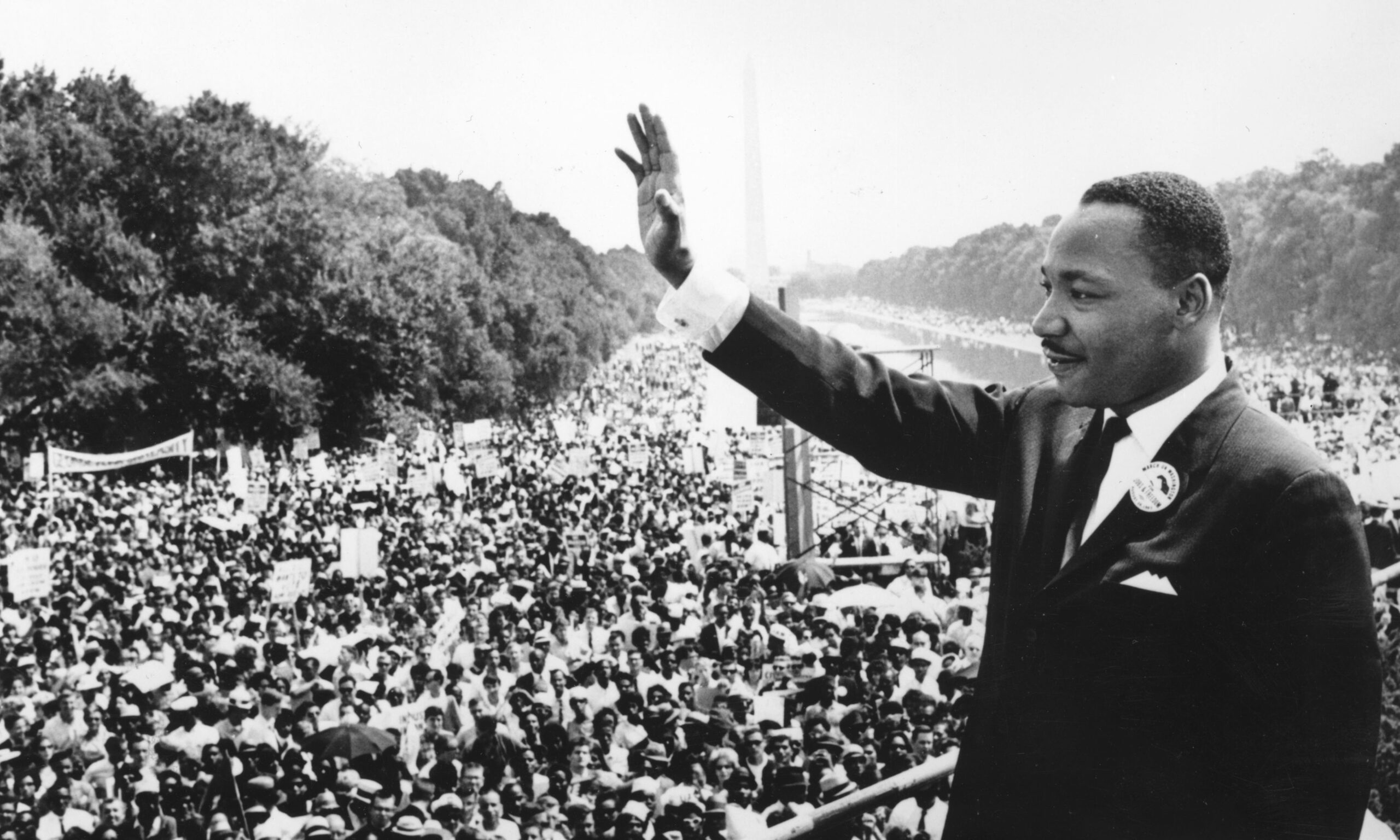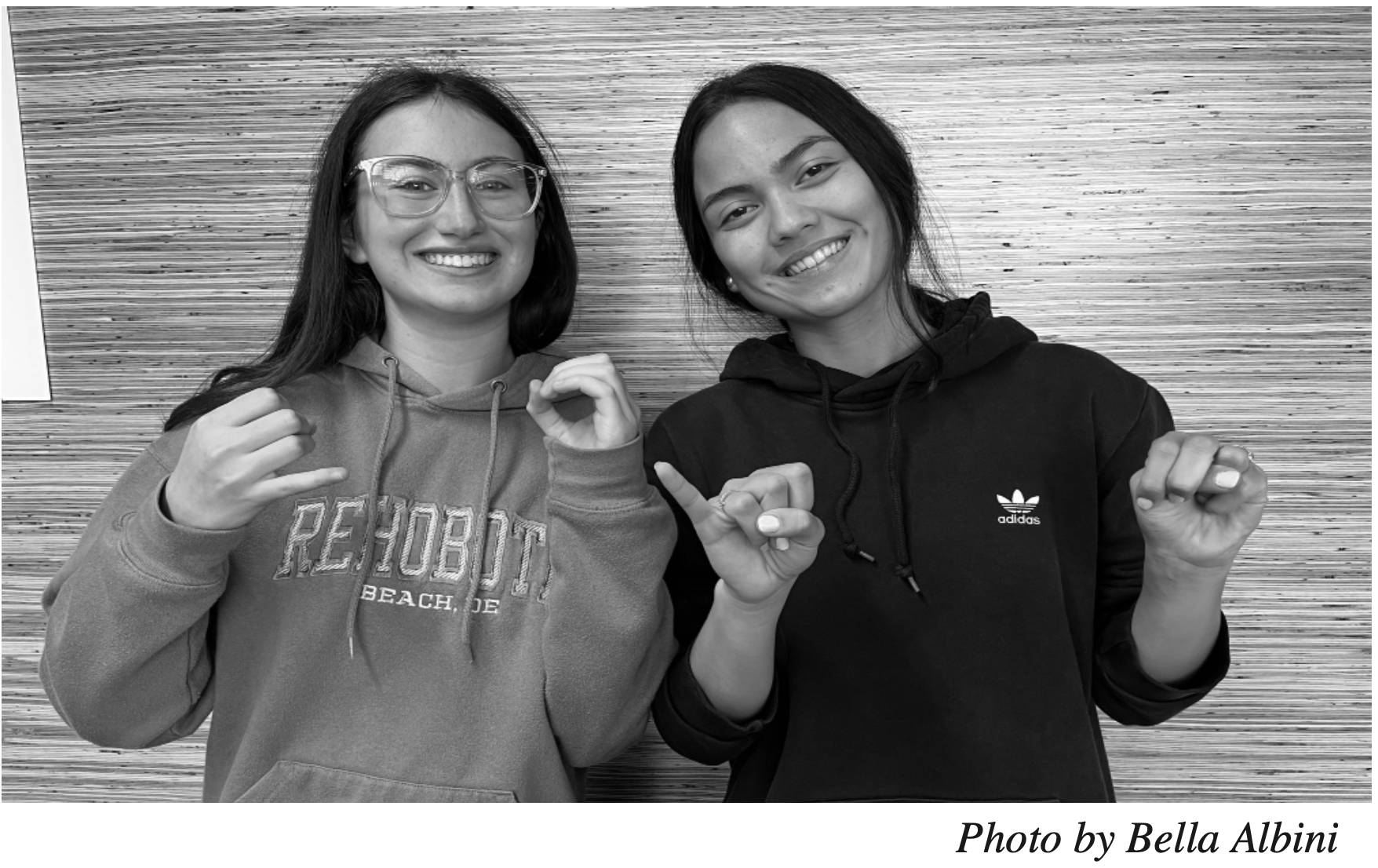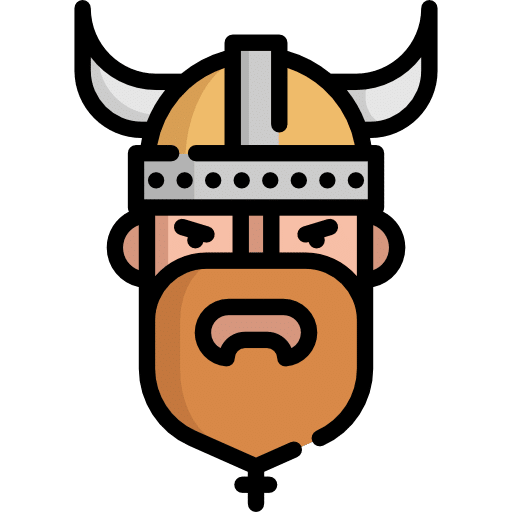“In the end, we will remember not the words of our enemies, but the silence of our friends.” This quote was said by Martin Luther King Jr, who was a prominent Baptist minister who advocated for the use of nonviolent means to end racial segregation. He was one of the founding figures during the Civil Rights era, and spoke the truth when others were afraid. He was instrumental in the passage of the Civil Rights Act of 1964, which outlawed discrimination in public accommodations, facilities, and employment, and the Voting Rights Act of 1965. He also first came to national prominence during the Montgomery Bus Boycott in Alabama in 1955, where he was arrested and his letters were brought into public viewing. Martin Luther King Jr Day is always the third Monday in January, which helps honor his achievements.
The establishment of Martin Luther King Jr Day was first a piece of legislation that was passed in 1983, and the first nationwide observance took place in 1986. Legislation for the holiday had been initially introduced to Congress in 1968, but opponents had blocked its passage. Despite that, some U.S. states and cities began honoring his birthday, January 15, as early as 1970. The first notable push for a holiday honoring him took place just four days after his assassination. John Conyers, then a Democratic Congressman from Michigan, took to the floor of Congress to insist on a federal holiday in his honor. However, his request fell on deaf ears. Conyers was one of the few Black people in Congress and an active member of the Civil Rights movement. He had enlisted the help of the Congressional Black Caucus for support, of which he was a founding member. For 15 years, the CBC attempted to break the stalled legislation loose, advocating within their constituent communities and helping John Conyers introduce his bill year after year.
Even though the first federal holiday for Martin Luther King Jr Day was celebrated in 1986, it took years for the observance to spread through to every state. Several Southern states combined Martin Luther King Jr. Day with holidays that uplifted Confederate Leader Robert E. Lee, who was born on January 19. It wasn’t until 2000 that every state in the Union observed Martin Luther King Jr. Day.
Martin Luther King Jr was born on January 15, 1929, in Atlanta, Georgia. He was the second child of Martin Luther King Sr, who was a pastor, and Alberta Williams King, who was a former school teacher. He was a gifted student, who even though attended segregated public schools, was still able to get admitted to Morehouse College at the age of 15. It was the alma mater of both his father and maternal grandfather, and would be the place where he would study medicine and law. At first, he did not intend to follow in his father’s footsteps by joining the ministry, but changed his mind under the mentorship of Morehouse’s president, Dr. Benjamin Mays, an influential theologian and outspoken advocate for racial equality. After graduating in 1948, he entered Crozer Theological Seminary in Pennsylvania, where he earned a Bachelor of Divinity degree, along with winning a prestigious fellowship and being elected president of his predominantly white senior class.
Martin Luther King Jr would then enroll in a graduate program at Boston University, completing his coursework in 1953 and earning a doctorate in systematic theology two years later. While living in Boston, he met Coretta Scott, a young singer from Alabama who was studying at the New England Conservatory of Music. The two wed in 1953 and then settled in Montgomery, Alabama, where he would become pastor of the Dexter Avenue Baptist Church.
Martin Luther King Jr and others were emboldened by the success of the Montgomery Bus Boycott. So in 1957, he and other civil rights activists, most of them being fellow ministers, founded the Southern Christian Leadership Conference (SCLC), which was a group committed to achieving full equality for African Americans through nonviolent protest. The SCLC motto was “Not one hair of one head of one person should be harmed.” He would remain at the helm of this influential organization until his death. In his role as SCLC president, Martin Luther King Jr. traveled across the country and around the world, giving lectures on nonviolent protest and civil rights as well as meeting with religious figures, activists, and political leaders.
The March on Washington culminated in Martin Luther King Jr’s most famous address, known as the “I Have a Dream” speech, which was a spirited call for peace and equality that many consider a masterpiece of rhetoric. He was standing on top of the steps of the Lincoln Memorial, a monument that was created for the president who a century earlier had brought down the institution of slavery in the United States. He had shared his vision of a future in which “this nation will rise up and live out the true meaning of its creed: ‘We hold these truths to be self-evident, that all men are created equal.”
Martin Luther King Jr was assassinated on April 4, 1968. He was fatally shot while standing on the balcony of a motel in Memphis, where he had traveled to support a sanitation workers’ strike. When news of his death had traveled, a wave of riots swept major cities across the country, while President Johnson declared a national day of mourning. It would later come out that James Earl Ray, who was an escaped convict and known racist, had pleaded guilty to the murder and was sentenced to 99 years in prison. He would later recant his confession and gained some unlikely advocates, which included some members of the King family, before his death in 1998.
Even though Martin Luther King Jr was murdered, he was still able to influence a whole generation of people to be able to stand together and speak out about racism. He wanted them to know that their silence would show how they truly feel about their friends and family. In light of Martin Luther King Jr’s message, it’s important to speak out against racism and to show solidarity with the BIPOC community. Hate continues to thrive in the present, just like it did in the past, but standing up in unity can help fight against it.



